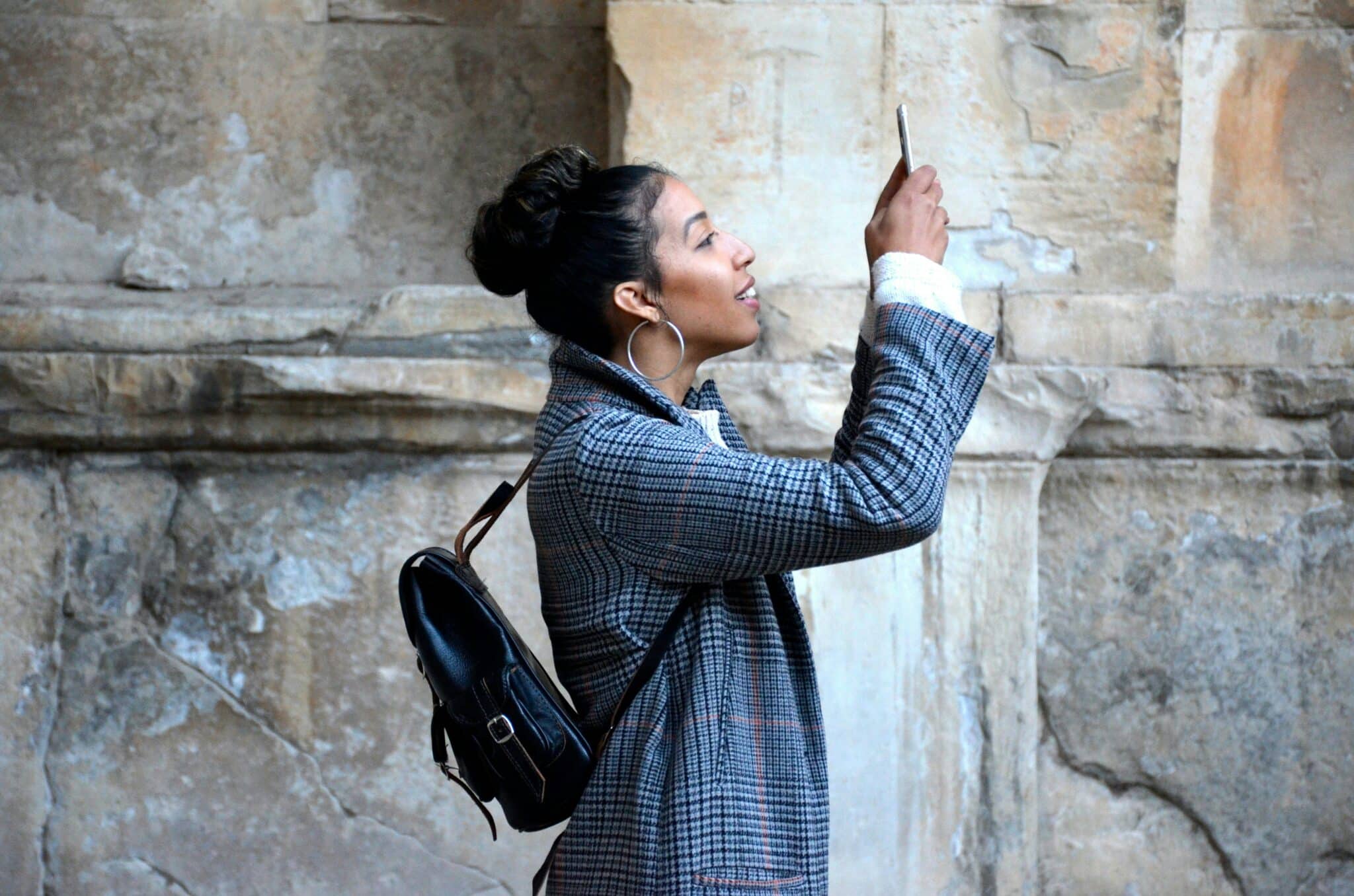
By Isaac Zammit
Social media has become synonymous with the lives of young people, offering unparalleled access to social interaction and information. However, this digital connectivity comes with a significant downside: its highly addictive nature and the effects this addiction has on a person’s mental health.
Understanding the mechanisms behind social media’s addictive qualities and the scale of its effects is essential for realising the scope of the issue and formulating strategies to address it.
Dopamine, one of the body’s four “reward chemicals,” plays the crucial role of motivating people to seek out and engage in activities associated with basic human instincts and needs. This “motivation chemical” spikes in response to stimuli such as food, sex, or social interactions.
Social media exploits this system through an instant feedback loops of likes and shares, sexually explicit material, and one-sided interactions, which foster parasocial relationships.
This creates a worrying and addictive environment where social media mimics the dopamine-driven behaviours of seeking resources, survival, and community in a manner that is instantaneous and can be experienced in isolation.
The design of social media algorithms ensures users are always in constant anticipation of the next reward. The “infinite scroll” found on platforms such as TikTok, Instagram Reels, or YouTube Shorts is a prime example of this, presenting a never-ending stream of short-form content designed with the intent to capture and retain your attention.

Akin to a slot machine, “infinite scroll” makes the outcome of your next swipe unpredictable. This glues users to their screens as the potential for a future reward spikes dopamine with each video.
Content that is hyper-sexualized or parasocial is emphasised in these algorithms due to its high user engagement, or, in other words, its addictive potential.
Moreover, social media inherently promotes a filtered view of life. Seeing everyone’s curated posts, which show exclusively the highlights of their experiences, as well as seeing the community’s applause in the form of likes and reactions, can lead to self-judgment and comparison.
Statistics underscore the reality of chronic social media usage among teenagers. A staggering 97 per cent of teens report using social media, with 35 per cent describing their use as “almost constantly.”
In the last two years alone, there has been a 17 per cent increase in average screen time, with 83 per cent of that being spent consuming media rather than communicating with friends.
This trend is alarming given the strong correlation between an individual’s degree of social media usage and mental health issues. The rise in chronic social media usage among young Australians is particularly concerning.
Young people in Australia are facing unprecedented levels of isolation, digital escapism, anxiety, and depression. Currently, Australians below the age of 24 are the loneliest they’ve ever been, with over 25 per cent of the demographic reporting they feel isolated.
Additionally, social media has been found to worsen sleep, memory, and academic performance.
Its perversion of validation has a profound impact on self-perception. It is a system that encourages genuine and meaningful connection to be replaced with the abstract quest for likes.
In chronic social media users, this often results in them dictating their own self-worth through the number of reactions to their posts, as they feel comfortable with that as “proof” of their value, mimicking the human need for community in isolation and reinforcing anti-social behaviours.

Addressing the challenges posed by social media addiction among teens requires a multifaceted approach rooted in compassion, community, and ethical responsibility—core values emphasised in Catholic teachings.
By fostering environments both online and offline that encourage authentic connections, empathy, and mutual support, we can counteract the isolating effects of digital dependency. This starts with guiding and encouraging young people to seek fulfilment in real-life activities and communities, reflecting on their role as social beings.
